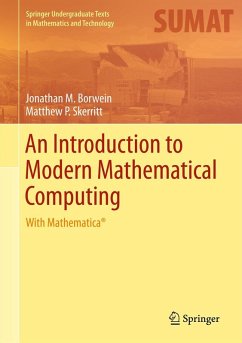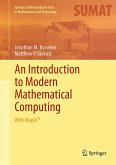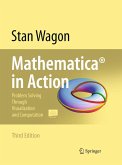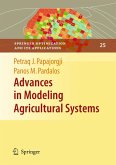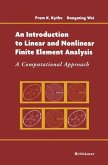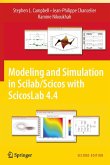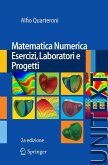An Introduction to Modern Mathematical Computing: With Mathematica® looks beyond teaching the syntax and semantics of Mathematica and similar programs, and focuses on why they are necessary tools for anyone who engages in mathematics. It is an essential read for mathematicians, mathematics educators, computer scientists, engineers, scientists, and anyone who wishes to expand their knowledge of mathematics. This volume will also explain how to become an "experimental mathematician," and will supply useful information about how to create better proofs.
The text covers material in elementary number theory, calculus, multivariable calculus, introductory linear algebra, and visualization and interactive geometric computation. It is intended for upper-undergraduate students, and as a reference guide for anyone who wishes to learn to use the Mathematica program.
Also by J.M. Borwein and M.B. Skerritt: An Introduction to Modern Mathematical Computing: With Maple(TM), © 2011, ISBN: 978-1-4614-0121-6, 216 p. and 81 color illustrations.
Dieser Download kann aus rechtlichen Gründen nur mit Rechnungsadresse in A, B, BG, CY, CZ, D, DK, EW, E, FIN, F, GR, HR, H, IRL, I, LT, L, LR, M, NL, PL, P, R, S, SLO, SK ausgeliefert werden.
Hinweis: Dieser Artikel kann nur an eine deutsche Lieferadresse ausgeliefert werden.
"This book is intended to teach the reader the usage of the computer algebra system Maple. ... The book is readable and valuable to mathematics, science, and engineering undergraduates at the sophomore or above level. It could also be valuable to practitioners in those fields who want to learn Maple in situ. ... Summing Up: Recommended. Lower-division undergraduates through graduate students; professionals." (D. Z. Spicer, Choice, Vol. 49 (5), January, 2012)
"This is a Maple-application book which illustrates some basic areas of mathematics by symbolic computation examples. ... The presentation is clear with all necessary details and comments for ensuring a full understanding of the considered examples. The intended beneficiaries are undergraduate students, teachers giving courses to undergraduate students, as well as programmers interested in using Maple for several classes of mathematical problems." (Octavian Pastravanu, Zentralblatt MATH, Vol. 1228, 2012)
"In An Introduction to Modern Mathematical Computing with Maple, Borwein and Skerritt show that computers are an excellent companion for learning mathematics. ... The theme of the book is that Maple can supplement mathematics learning and, what is more, can do much of the mathematics for the students. ... The temptation is tremendous for students to skip the real work to have a true understanding of mathematics." (David S. Mazel, The Mathematical Association of America, June, 2012)

